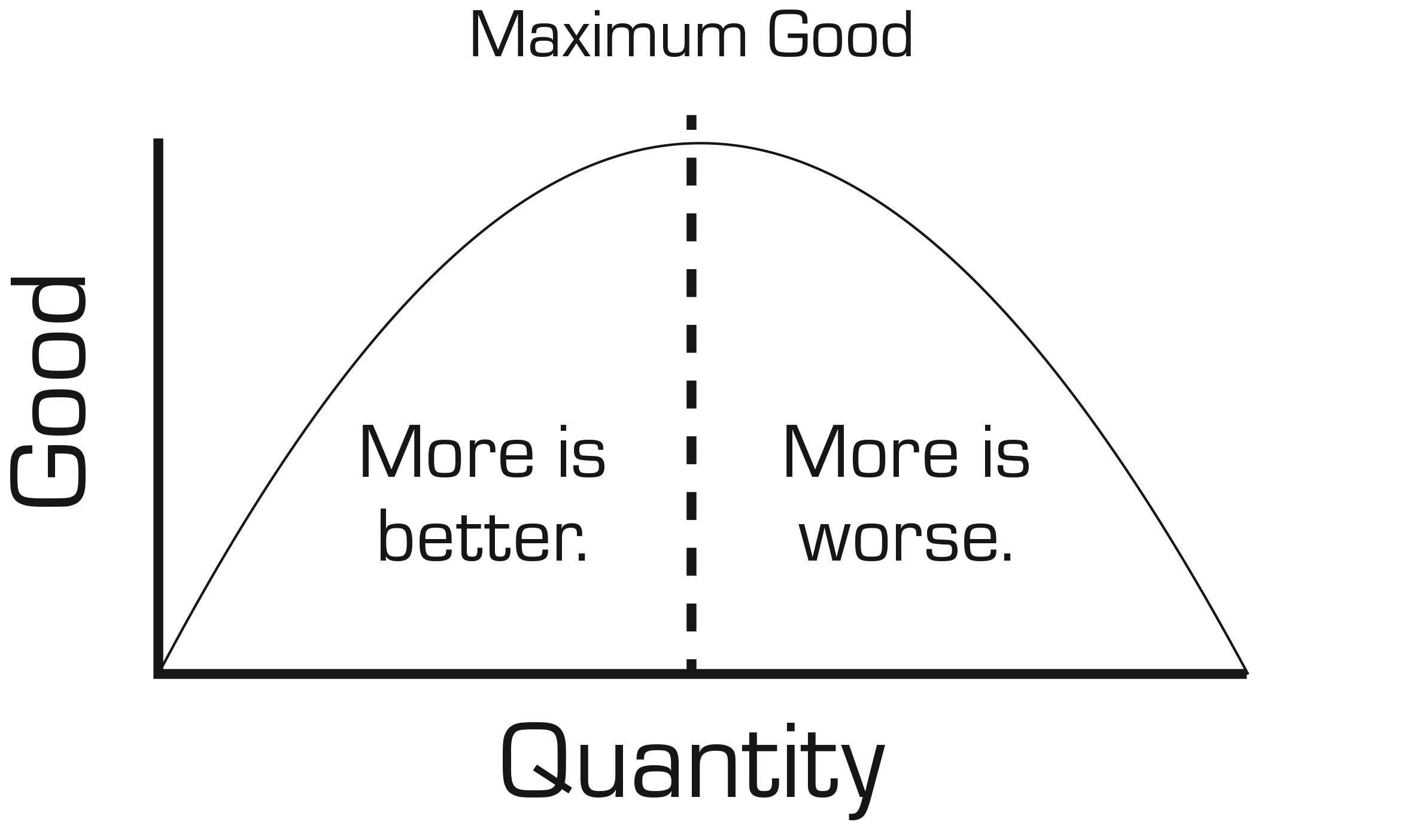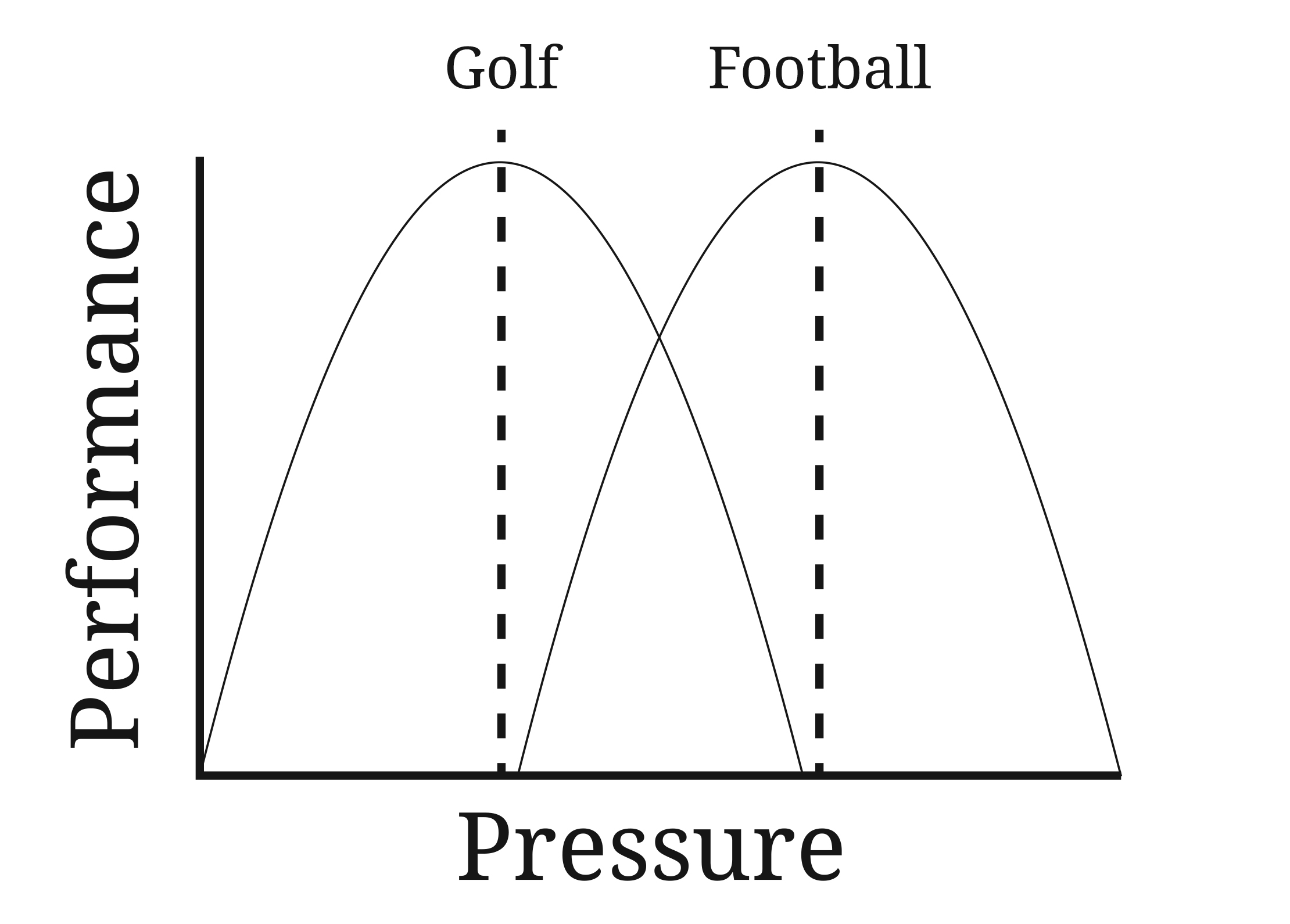Imagine a job that’s stressing you to the max. The pressure is too much. The workloads are massive. The deadlines are intense. There’s so much anxiety that no one can think straight. People are discouraged because they can’t perform and they always feel behind. Everyone is looking for an exit.
Then imagine another job where there’s no stress at all, but nothing’s happening either. Everyone is bored to tears. The work is too easy. There’s no challenge and no excitement.
Then imagine a third job where there’s stress, but just enough to challenge the workers. There’s no boredom in this job. But there’s no insane pressure or anxiety either. Workers perform well because they want to. Everyone is naturally energized and more creative. They’re happy too.
It’s a leaders’ job to throttle the “performance pressure” so their organization looks more like the third job than the first or the second. Leaders need wisdom to help everyone reach a place of perfect pressure and peak performance.
The relationship between workplace pressure and performance follows an “Inverted-U” pattern like we see here:

The horizontal axis of the Inverted-U is the “quantity” of the pressure, measuring “no pressure” on the left and “max pressure” on the right. The vertical axis is the amount of good the pressure creates in the organization, with “no good” on the bottom and “maximum good” on the top. Then the dotted vertical line is the place where the pressure is just right, maximizing the performance.
When pressure is too low, more pressure is better. The leader creates more good by upping the pressure. But when the pressure is at the peak of the curve, or past the peak, more pressure is worse. The leader may be hurting the organization while thinking he/she is helping it.
Why Golfing CEOs are Better Leaders
Leaders with backgrounds in football and basketball often push their organizations past the peak because they equate organizational performance to these sporting realities. In contact sports, intense pressure creates high performance. So the former football playing CEO pushes and pushes and pushes, pushing individuals and organizations past their peaks.
But leaders who play golf usually manage the pressure-performance balance better, because golf is a lower-pressure game. In golf, the goal is to keep the pressure lower so the player can make wise decisions and flow freely in his or her skill. That means the pressure-performance graph for golf is a closer match to workplace realities than contact sports are. Here’s an inverted-U diagram showing the difference between golf and football. Notice how golf hits peak performance at a lesser pressure point.

Chances are if your boss used to be a football coach, you might be living out his high-intensity dream from twenty years back, and everyone is suffering for it. But if your boss is a golfer, you’re likely to be closer to the optimal workplace balance point.
Pressure makes diamonds?
Given this pressure-performance sweet spot, think about the phrase, “pressure makes diamonds.” It sounds good. It’s inspiring. People attribute the quote to General Patton, and perhaps the intensity of the battlefield is similar to the intensity of a football game, so Patton could get away with saying this.
But if the organizational pressure is already right of the peak, this is the worst leadership advice ever. Managers might get inspired to turn up the pressure to bring out the best in people, but fail to remember that people don’t respond to intense pressure like carbon does. There are other pressure metaphors to sloganize, like pressure busts a pipe and pressure makes explosions and high blood pressure makes heart attacks, but I don’t see managers sloganizing these. Too much pressure at work is a bad thing. It might be why the turnover is so high and the morale is so low.
This Inverted-U effect is real, and leaders must lead with its reality in mind. This requires leaders get wisdom, because the same decision to add pressure can be helpful or harmful, depending on the organizational dynamics. I’ve seen many leaders miss the peak of the curve, pushing people past the breaking point and crashing their organization in the process, or leaving a work team too far left of the curve, and stagnating the organization’s potential.
Wise leaders find the peak of the curve and keep people there, at the place of perfect pressure and peak performance.

